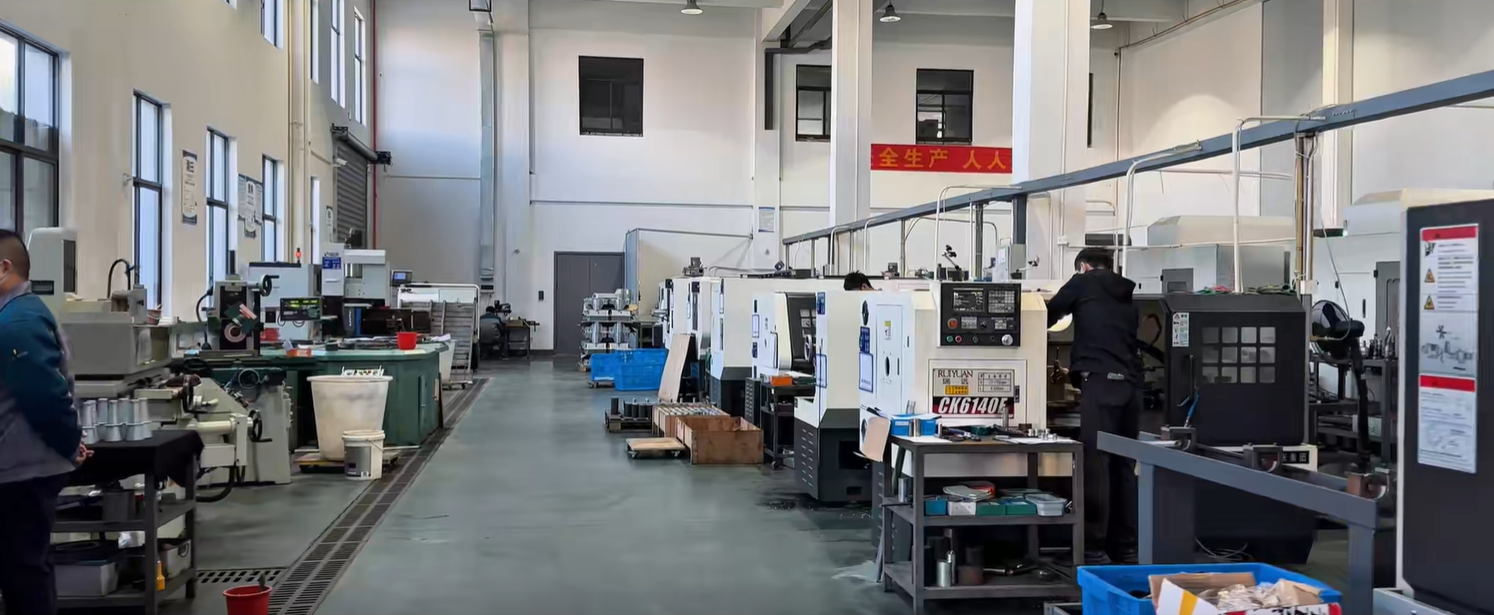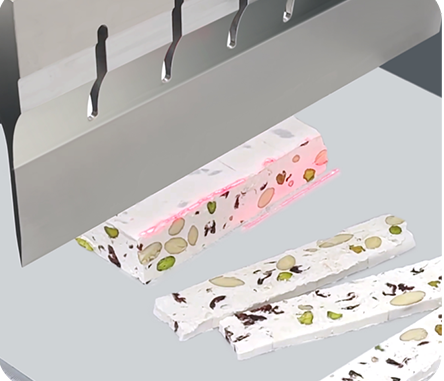Why you need ultrasonic to weld plastic
Sonic welding plastic can be challenging if you don’t have the right tools and techniques. Ultrasonic plastic welding is one of the most efficient and reliable methods available today. If you’re wondering why you should consider using ultrasonic technology for your plastic welding needs, here are some compelling reasons.
What is Ultrasonic Plastic Welding?
Ultrasonic plastic welding is a process where high-frequency ultrasonic vibrations are applied to two plastic parts held together under pressure. This causes the plastic to melt at the contact point, creating a strong bond once it cools down.
 All-round best-selling servo welding machine
All-round best-selling servo welding machine
Benefits of Sonic Welding
Speed and Efficiency
One of the main advantages of using an ultrasonic plastic welder is speed. The process usually takes just a few seconds, making it ideal for high-volume production. This means you can weld many plastic parts in a short amount of time, which is great for businesses looking to maximize efficiency.
Strong and Durable Bonds
Ultrasonic welding creates strong and durable bonds between plastic parts. The welds are often as strong as or stronger than the base materials. This ensures that the welded parts can withstand stress and strain, making them suitable for various applications, from automotive parts to consumer electronics.
Versatility
Sonic plastic welding works on a wide range of thermoplastics, from soft and flexible to hard and rigid materials. This versatility makes it an excellent choice for different industries, including automotive, medical, and consumer goods.
Cost-Effectiveness
Although the initial investment in an ultrasonic plastic welding machine might be high, the long-term benefits make it cost-effective. The speed and efficiency of the process reduce labor costs, and the strong, durable bonds minimize the need for repairs or replacements.
How to Use an Ultrasonic Plastic Welder
Preparation
Before you begin welding, make sure the surfaces to be welded are clean and free of contaminants. This will ensure a strong bond.
Setting Up the Machine
Set up the ultrasonic plastic welding machine according to the manufacturer’s instructions. This usually involves adjusting the frequency, amplitude, and pressure settings based on the materials you are working with.
Welding Process
- Place the plastic parts in the machine’s fixture.
- Apply pressure to hold the parts together.
- Activate the ultrasonic vibrations.
- Hold the parts together until the weld cools and solidifies.
Applications of Ultrasonic Plastic Welding
Automotive Industry
Ultrasonic welding is widely used in the automotive industry for assembling plastic components like dashboards, door panels, and engine parts.
Medical Devices
The medical industry relies on ultrasonic welding for creating airtight and watertight seals in medical devices, ensuring they meet stringent safety standards.
Consumer Electronics
From smartphones to household appliances, ultrasonic welding is used to assemble various consumer electronics, providing strong and durable bonds.

Conclusion
Ultra sonic welding plastic offers a fast, efficient, and reliable method for joining plastic parts. Its versatility, cost-effectiveness, and ability to create strong, durable bonds make it an invaluable tool in many industries.
Do you have any questions or need further information? Please contact us now.
Plastic sonic welding machine you may be interested in:
 Ultrasonic Plastic Welding Machine-PTS2000
Ultrasonic Plastic Welding Machine-PTS2000
 Ultrasonic Plastic Welding Machine-FU2025
Ultrasonic Plastic Welding Machine-FU2025




